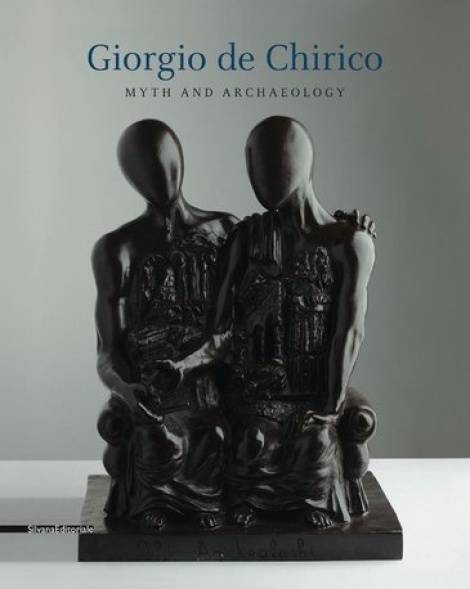The impact of the melancholy, metaphysical art of Giorgio de Chirico (1888–1978) had much to do with his unique ability to see antiquity anew, and to locate its props in mysterious, atemporal dreamscapes. De Chirico loaded his depictions of Greek and Roman statues and architecture with muted intimations of allegory, locking away their meanings in foreboding enigmas that were among the earliest articulations of the Surrealist project. Published for a 2013 exhibition at the Phillips Collection in Washington, DC, Giorgio de Chirico: Myth and Archaelogy gathers a selection of lesser-known early works by de Chirico--bronze sculptures and drawings that address the artist’s innovative use of myth (such as Dioscuri, the Argonauts and Ariadne), archaeological artifacts and historical events from the classical era.
- / Article author
- / Article author
- / Article author
- / Article author
